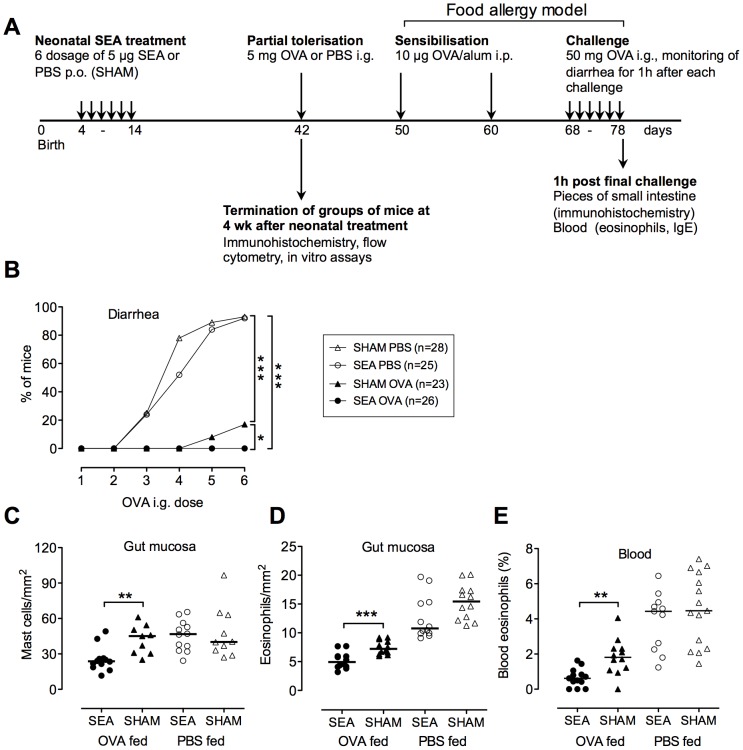Figure 1. Neonatal treatment with SEA enhances the capacity to develop oral tolerance, manifested as increased protection in a food allergy model.
(A) Experimental design; Newborn BALB/c pups were perorally exposed to staphylococcal enterotoxin A (SEA) every other day during two weeks. SHAM-treated mice received PBS. Four weeks later, the mice were sacrificed and mesenteric lymph nodes (MLN) and gut sections were examined. Other mice received 5 mg OVA to induce oral tolerance, or PBS as control. Food allergy was induced by sensitization through two i.p. injections of alum-adsorbed OVA followed by i.g. challenge with OVA. Hypersensitivity to OVA was measured as (B) onset of diarrhea, (C) infiltration of mast cells and (D) eosinophils into the gut mucosa and (E) increased levels of eosinophils in the blood. In B, each symbol represents percentage of diarrhea positive mice in the group (n = 23–28) after each OVA challenge. In C–D each symbol represents one animal (n = 8–15) and horizontal line shows the median value for the group. Data shown are pooled from three experiments * P<0.05, ** P<0.01 and *** P<0.001, analyzed with Fisher's exact test (onset of diarrhea) or Mann-Whitney U-test.

